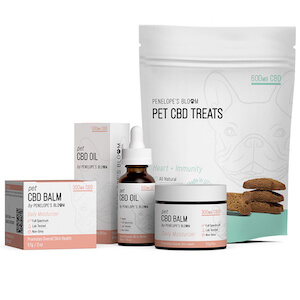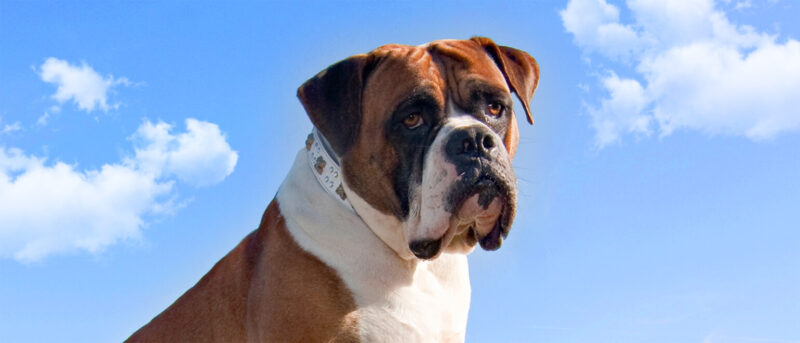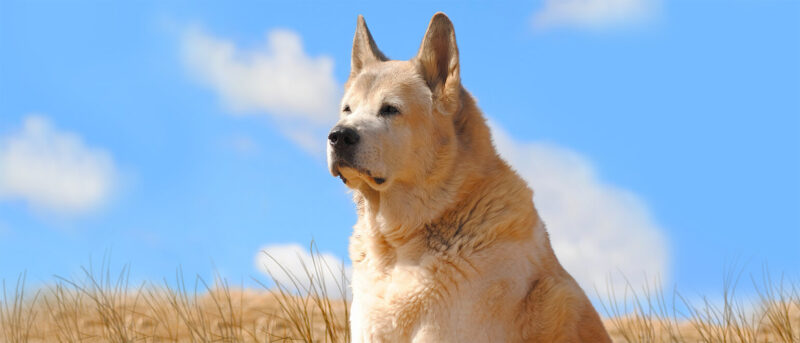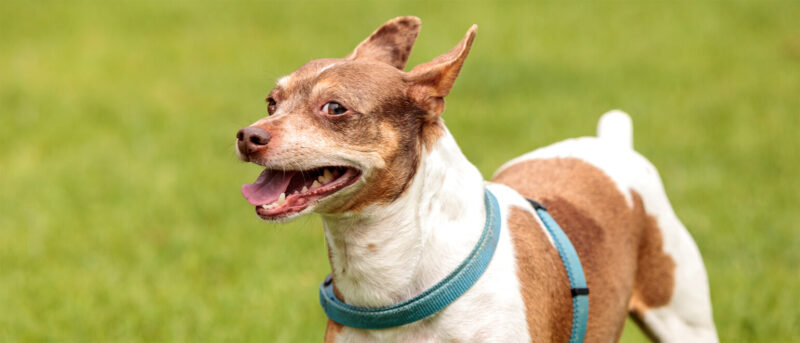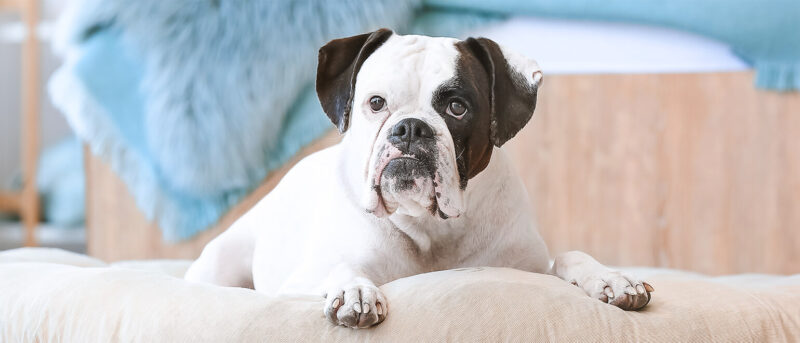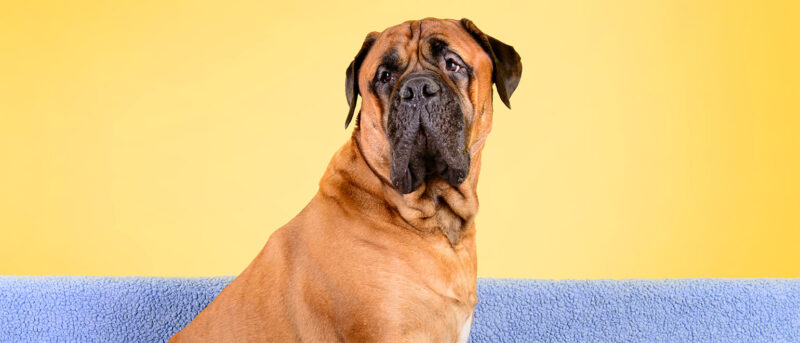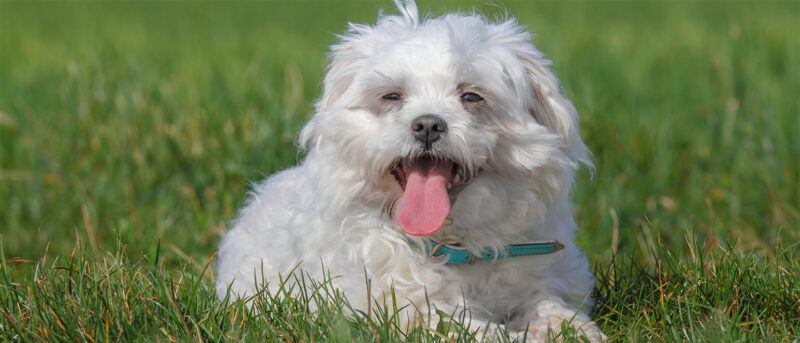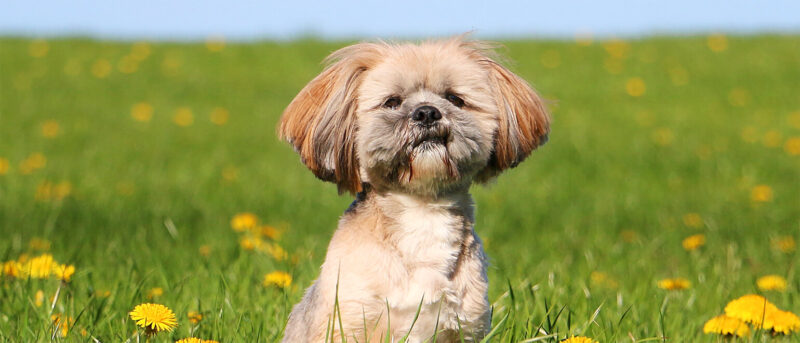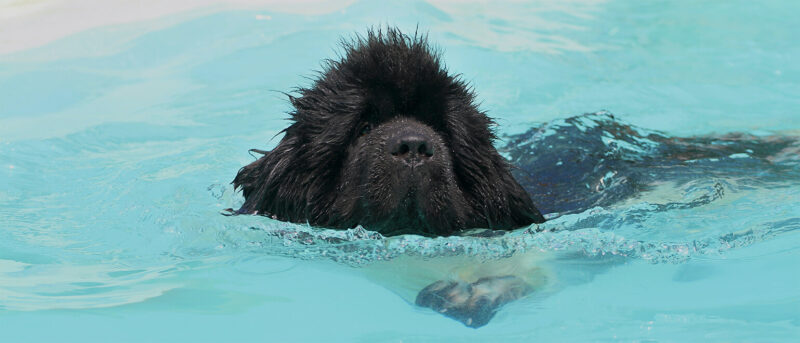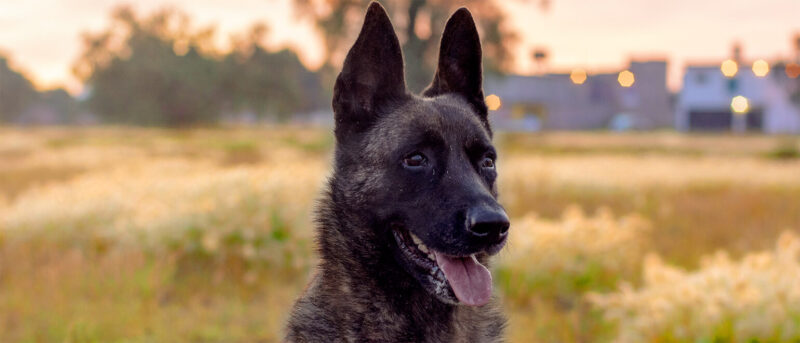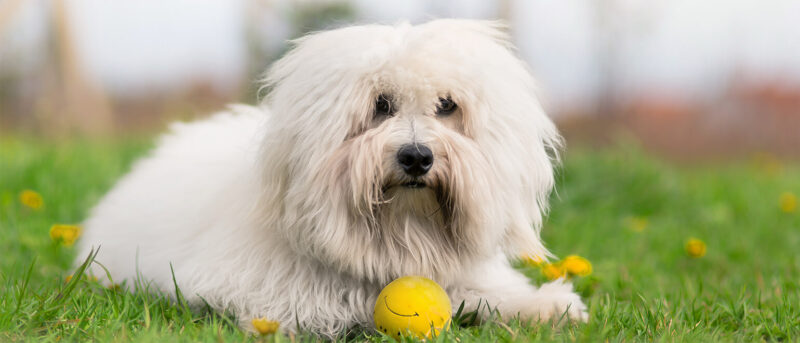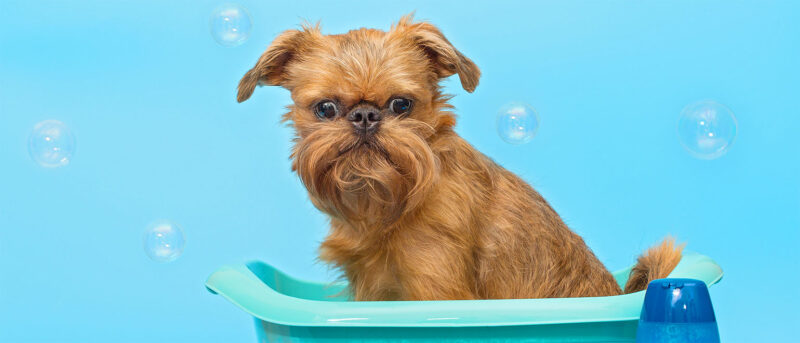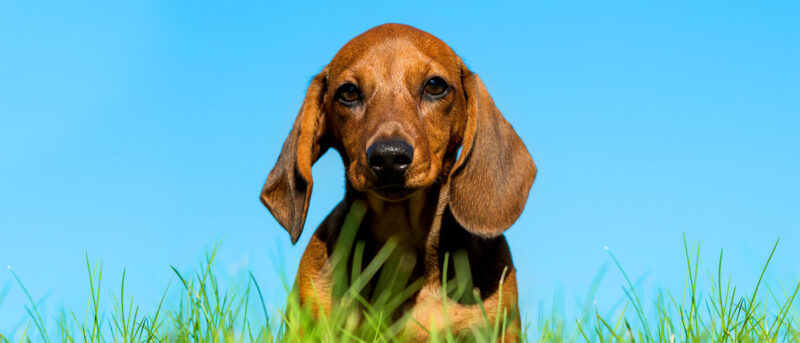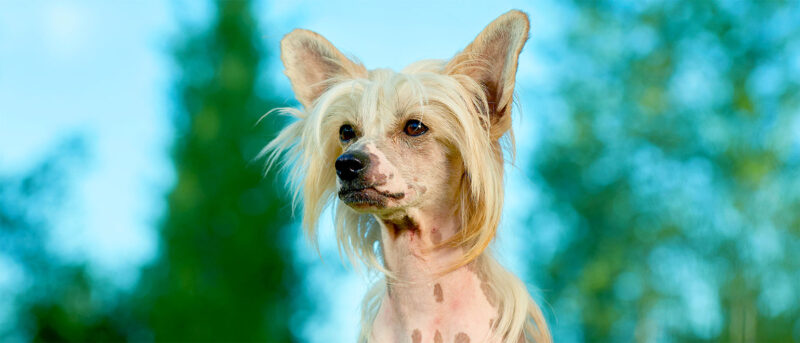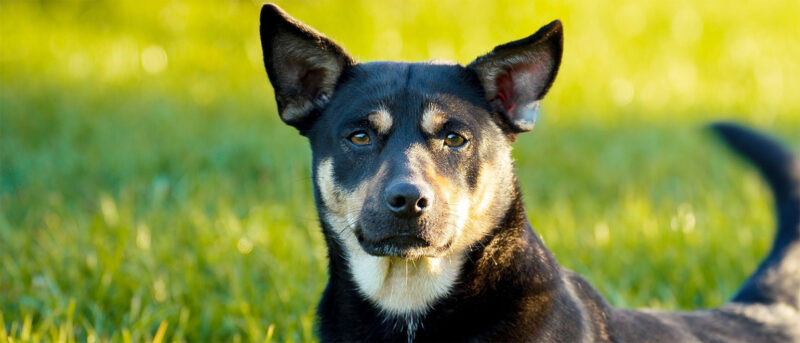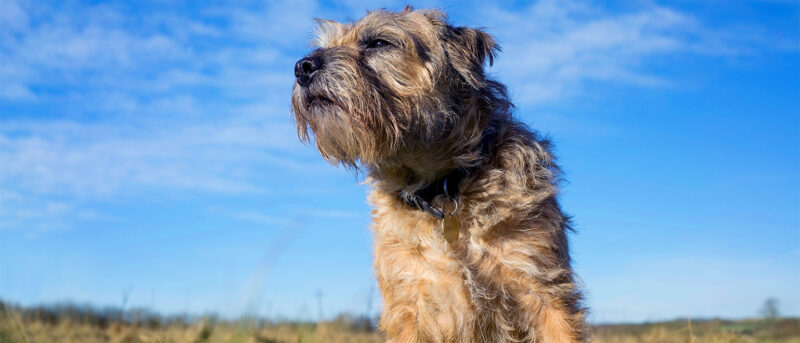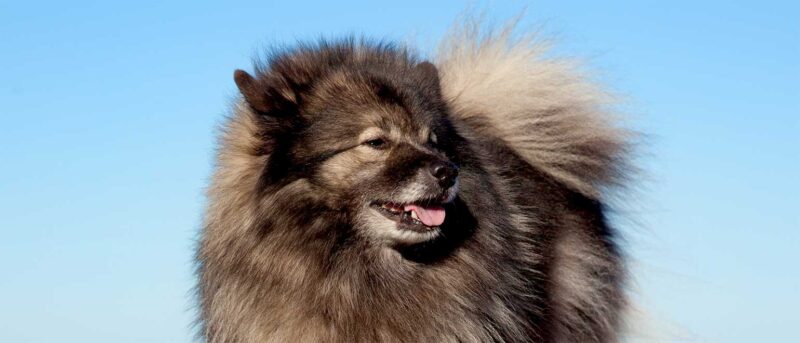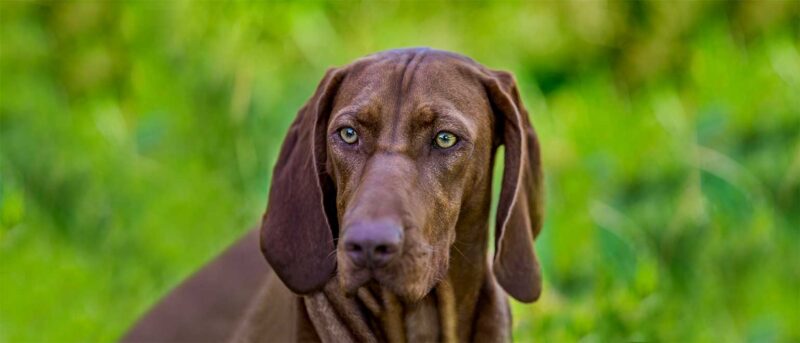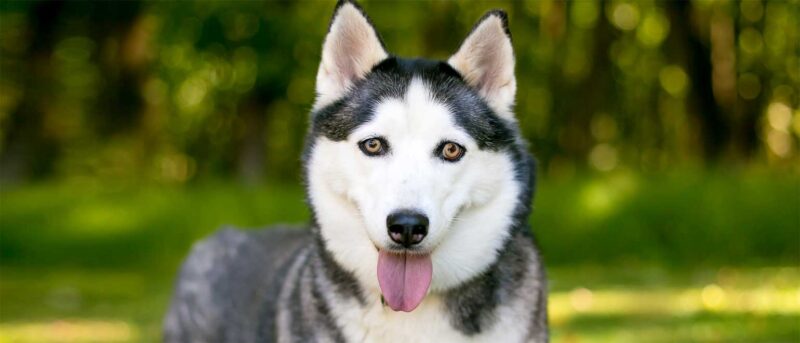Irish Terrier – A Complete Breed Guide – Everything From History And Personality To Socialization And Care
There are thirty-four Terrier dog breeds, but the Irish Terrier stands out as one of the oldest and most beloved. While all Terriers are known for their feisty and energetic nature, the Irish Terrier is a particularly devoted pup, always ready to protect their owners at a moment’s notice. However, their lively personalities can sometimes […]
There are thirty-four Terrier dog breeds, but the Irish Terrier stands out as one of the oldest and most beloved. While all Terriers are known for their feisty and energetic nature, the Irish Terrier is a particularly devoted pup, always ready to protect their owners at a moment’s notice.
However, their lively personalities can sometimes lead to some challenging behavior. Ensuring your Irish Terrier is well-socialized, adequately exercised, and properly nourished is essential to a happy and well-behaved pet. Let’s explore why this breed has captured the hearts of so many dog lovers!
Irish Terrier Dog Breed Characteristics
Terriers often share similar traits, making it easy to mix up breeds like the Irish Terrier, Welsh Terrier, and Fox Terrier. All three breeds have V-shaped ears, dark brown eyes, medium height, and dense, wiry coats. However, what helps the Irish Terrier stand out is its longer legs (compared to the Welsh Terrier) and longer body (compared to the Fox Terrier).
Irish Terriers typically have a life expectancy of around 15 years. This is slightly above the average lifespan for most dog breeds, which ranges from 10 to 13 years and is in line with the longevity of other Terrier breeds, which often live 14 to 15 years.
Irish Terrier Dog Breed Size
Irish Terriers, like many other Terriers, are brimming with energy. But don’t let their small stature fool you. These dogs are active and lively! If you’re worried that you may not have enough space to house an Irish Terrier, fear not because their compact size makes them a great fit for environments like apartments and smaller homes.
Female Irish Terriers typically stand 17-18 inches tall and weigh around 25 pounds, while males average 18 inches and weigh about 27 pounds. Although the breed standard considers 18 inches ideal, some Irish Terriers can grow up to 20 inches tall.
Irish Terrier Dog Breed Personality
If you’ve been around an Irish Terrier then you know they’re never one to back down from a good argument! Originally bred to hunt small vermin like rats, Irish Terriers excel at chasing down small animals and digging where their legs can’t reach. In fact, their name, Terrier, comes from a French word meaning burrow. And if you have a yard then you know how true that is!
This instinct to protect and hunt is what makes the Irish Terrier extremely loyal to its family, but it can also lead to confrontations with other dogs. You may also find them digging holes in the yard or getting into spats with other pets that come into their territory.
Their alertness also means they may bark at potential intruders more frequently than other breeds. Because of this, early socialization training is essential for Terrier puppies.
Irish Terrier Dog Exercise
Because Irish Terriers are a ball of energy, it’s essential that they get plenty of exercise. To keep your Irish Terrier healthy and happy, it’s recommended that they get at least an hour of activity each day to maintain their physical and mental well-being.
Utilize your local dog park to accomplish this. Dog parks are a great tool as they give your pup the freedom to run off-leash and offer valuable opportunities to socialize with other dogs. A nice evening stroll or backyard playtime can also help burn off energy and keep your Irish Terrier in great shape.
Irish Terrier Dog Breed Training
The Irish Terrier’s high energy level calls for an active lifestyle. But you’re in luck because their long legs and trainability make them excellent candidates for dog sports like obedience, agility, rally, Earthdog, and flyball.
Training for dog shows is another great way to keep your Irish Terrier active. Whether they’re competing for their looks or athletic abilities, show dogs need to be in top physical condition to earn high marks.
Try creating a makeshift obstacle course in your backyard or focus on teaching your dog good behavior. Whatever your goals, maintain a strong vocal tone and a consistent exercise routine. This will build obedience, reduce sensitivity to distractions, and boost stamina.
If you have a puppy, consider playing a classic game of tug of war. It’s a fun way to exercise and teach obedience. Make sure your puppy understands that your command ends the game or prompts them to drop the rope. Practice makes perfect so keep going until your puppy can easily distinguish between playtime and your commands.
Socialization Training
Socialization is a crucial aspect of training for any dog. It helps them get accustomed to new sights, sounds, and experiences, enabling them to behave appropriately around other animals and people. It’s important to start socialization as soon as your puppy comes home.
Failing to properly socialize a dog may harm them later in life. They could become anxious or even aggressive due to fear. Properly socializing your dog takes time and patience but it will pay off in the end. By exposing your puppy to a variety of experiences and environments, you’ll help them grow into a happy, confident companion!
Irish Terrier Dog Breed History
Tracing the origins of the Irish Terrier is easier said than done as the exact history of the breed is somewhat mysterious. They are most likely descended from the black and tan Terriers that were once common in Britain and Ireland. These early Terriers are the ancestors of several modern breeds, including the Welsh and Scottish Terriers.
Others believe that the Irish Terrier may have been developed by crossing the black and tan Terrier with the Irish Wolfhound, a sighthound breed with a long history in Ireland.
Function Over Form
Many dog breeds have been selectively bred for specific appearances, such as longer noses, thicker coats, or particular colors. However, Irish Terriers were bred primarily for their practical abilities rather than their looks.
As evident by their various coat patterns, we know that breeders focused on enhancing the Irish Terrier’s skills in hunting vermin and guarding homes, rather than on the shape of their ears or a distinctive gait.
Breed Establishment
The first kennel club dedicated to the Irish Terrier was established in 1879 in Dublin, Ireland. This club played a key role in defining the breed as we know it today.
Before this formal recognition, the Irish Terrier was known by several names, including “Irish Red Terrier” and “Daredevil of the Emerald Isle.” The establishment of the Dublin kennel club was key in solidifying the breed’s official name as the Irish Terrier.
During World War I, Irish Terriers showed their bravery by serving as messenger and sentinel dogs. So it wasn’t a surprise that their reputation as exceptional show dogs grew after the war. The breed first arrived in the United States in the late 1800s, and today, Irish Terriers are cherished and admired worldwide.
Irish Terrier Dog Breed Health Problems
Irish Terriers are generally a healthy breed, but potential health issues can arise nonetheless. To ensure you’re getting a healthy puppy, research your breeder thoroughly. If you’re adopting, try to learn as much as possible about the dog’s parentage. While it can be challenging to obtain detailed information for rescued dogs or puppies, a responsible breeder should be able to provide background information on their breeding stock.
Urinary Issues
Urinary stones are a common concern for Irish Terriers, more so than for many other breeds. These stones can form in the kidneys or bladder, and treatment depends on the type of stone present.
For instance, calcium oxalate stones cannot be dissolved and typically require surgical intervention, while urate stones can often be treated with a combination of a low purine diet and medication. Symptoms to watch for include difficulty urinating, blood in the urine, or extended periods without urination. If you notice any of these signs, it’s important to contact a veterinarian promptly.
To help prevent urinary stones, make sure to keep your Irish Terrier well hydrated. A good rule of thumb is to provide between 0.5 to 1 ounce of water per pound of body weight each day.
Hyperkeratosis
Hyperkeratosis is a hereditary condition that causes the footpads to become hardened and cracked, making walking painful for affected dogs. About 11% of Irish Terriers carry the gene responsible for this disease, and it may require special care and assistance for the affected dog.
Although congenital conditions like hyperkeratosis cannot be prevented once a dog is affected, there is a way to reduce the risk in future generations. Recently, a genetic test has been developed to identify whether a parent carries the gene for hyperkeratosis. Responsible breeders should use this test to help prevent the birth of puppies who may suffer from this painful condition.
If your Irish Terrier suffers from hyperkeratosis, try soothing their pain with our pet CBD balm.
Cystinuria
Unlike urinary stones caused by infections, cystinuria leads to stone formation due to improper filtration of the amino acid cysteine in the kidneys. Symptoms of cystinuria include blood in the urine, difficulty urinating, or an inability to urinate. If you notice any of these signs, it’s crucial to seek veterinary care right away.
Progressive Retinal Atrophy (PRA)
Progressive Retinal Atrophy (PRA) is a degenerative disease that causes the photoreceptor cells in a dog’s eyes to gradually break down. There are two types of PRA: inherited (retinal dysplasia) and late-onset PRA, which develops over time. Both types initially lead to a loss of night vision, making affected dogs appear nervous at night. Additional signs include bumping into objects and general clumsiness.
PRA eventually progresses to complete blindness within 1-2 years. Unfortunately, there is no current treatment for PRA. However, blindness in dogs can also be caused by other conditions such as cataracts or retinal detachment, which are treatable. If you notice symptoms of vision loss in your dog, consult a veterinarian to determine the exact cause and explore possible treatments.
How to Care for an Irish Terrier Dog Breed
The good news is that Irish Terriers are generally low-maintenance. But even the best behaved dogs have quirks. Irish Terriers enjoy digging and are known to jump fences, so it’s important to ensure their enclosure is secure. To prevent them from digging up your yard, consider confining them to a concrete area away from your grassy lawn. Just make sure they have somewhere soft to lay down!
Being as active as they are, Irish Terriers need ample physical stimulation. Without enough exercise, they may channel their energy into less desirable behaviors like rummaging through the trash, shredding toilet paper, or barking at neighbors walking by. Aim for at least 30 minutes to an hour of exercise each day to keep them well-exercised and content.
Nutrition and Feeding for Irish Terrier Dog Breed
The nutritional needs of Irish Terriers can vary based on their activity level and weight, but on average, they require about 1 to 1.5 cups (0.31-0.46 pounds) of dry dog food each day.
Choose a kibble brand that meets the standards set by the Association of American Feed Control Officials (AAFCO). You can check compliance by looking at the product’s website or the packaging.
Irish Terriers should be fed food that is primarily meat-based. While they are omnivores, their digestive systems are still geared towards a carnivorous diet due to their wolf ancestry.
When selecting dog food, consider the life stage it is formulated for. Puppy kibble supports growth with higher amino acid levels, while adult dog food is designed to maintain health. Puppies require more protein for growth, while adult Irish Terriers may not need as much. Alternatively, all-stage dog food meets the nutritional needs of dogs throughout their life. Consult with a veterinarian to determine the best food for your Irish Terrier’s specific needs.
Coat Color And Grooming
Grooming an Irish Terrier can be a relaxing and enjoyable experience for you and your pup. Unlike some other breeds, Irish Terriers shed less, and their grooming needs are relatively straightforward.
Although it might not be obvious, the Irish Terrier has a double coat. This means they have a hard, wiry outer coat and a soft, short undercoat. The double coat doesn’t affect the color of their fur, which can range from golden red to red wheaten or solid red. Some Irish Terriers may have a small patch of white on their chest, and any black hair present at birth usually fades as they mature.
How to Groom
Irish Terriers benefit from a grooming technique called stripping, which involves manually removing dead or loose hair from their coat. You can use your hands or a stripping knife for this process. Regular grooming includes brushing your dog weekly and stripping or clipping 2-4 times a year. To enhance the fluffiness of their bright red-golden coat, consider using a coat conditioner spray mixed with distilled water to lightly dampen their fur.
Trim your Irish Terrier’s nails at least once a week, unless natural wear from activity keeps them short. It’s also helpful to brush their teeth 2-3 times a week to reduce tartar and bacteria. For optimal dental health, aim to clean their teeth daily.
Check your dog’s ears weekly for signs of infection, such as redness or an unpleasant odor. When cleaning, it’s important that you avoid inserting anything into the ear canal. Instead, use a veterinarian-approved cleaning solution and cotton balls or gauze to clean the outer ear.
And don’t forget to inspect your Irish Terrier’s body for sores, rashes, or signs of infection. If you notice any of these then contact a veterinarian right away. Regular checks help catch potential health issues early and ensure your dog stays healthy.
Children And Other Pets
The Irish Terrier is a fantastic companion for those who enjoy small to medium-sized dogs. However, it may take some time before these spirited dogs warm up to everyone. If you have children or other small pets, it’s a good idea to initially keep your new Irish Terrier separated from them until they undergo proper socialization training. Terrier breeds are known for their energetic and chasing tendencies, which can sometimes lead to nipping, growling, or behaviors that might alarm young children.
Supervise all interactions between your Irish Terrier and other dogs or children. Their cautious nature may make them wary of new dogs, especially those of the same sex. Use a leash to manage their interactions and be ready to pull back if they show signs of aggression or stiffness.
Once your dog displays calm body language, allow them to sniff and explore the other individual. You can then try letting them off the leash, but be prepared to end the play session if things become rough! As your Irish Terrier becomes more comfortable around family members, consider taking them to a dog park to further enhance their social skills.
Rescue Groups
If you’re considering adding an Irish Terrier to your family, you’re in luck! There are several resources available to help you find a dog in need of a new home. The Irish Terrier Rescue Network (ITRN) is a non-profit organization dedicated to matching Irish Terriers with loving owners like you.
Local rescue groups often work to save Irish Terriers from shelters where they might be at risk of euthanasia. For additional options, the American Kennel Club (AKC) has over 450 Rescue Network groups across the United States. You can search their database to find a rescue group near you.
Breed Organizations
A kennel club, or breed club, is an organization made up of breeders, owners, and enthusiasts dedicated to preserving and promoting a specific dog breed.
To find a reputable club, start with the American Kennel Club (AKC), the largest and most established canine organization in the world. AKC-approved Irish Terrier breed clubs are typically reliable. However, there may also be excellent local clubs closer to you.
The Irish Terrier Club of America (ITCA) is an official AKC member club, founded in 1896. With a long history of documenting lineage, addressing health issues, and connecting owners with resources, the ITCA is an excellent choice for registering your Irish Terrier. They offer a network of registered breeders and comprehensive support to ensure your pet meets the breed’s standards and remains healthy.
More About This Dog Breed
The Irish Terrier is an ideal companion for homes that are ready for some socialization training and regular exercise. These energetic dogs are incredibly devoted to their families, so don’t be surprised if they take action to corner an intruding critter!
A fenced backyard will quickly become their favorite place, as long as they don’t find a way to escape. Their strong legs make them adept diggers, so keep an eye out for any holes or gaps in the fence. With their loving and spirited nature, Irish Terriers rank as the fourth most popular breed in Ireland and Britain, and they’re sure to hold a special place in your heart too!

